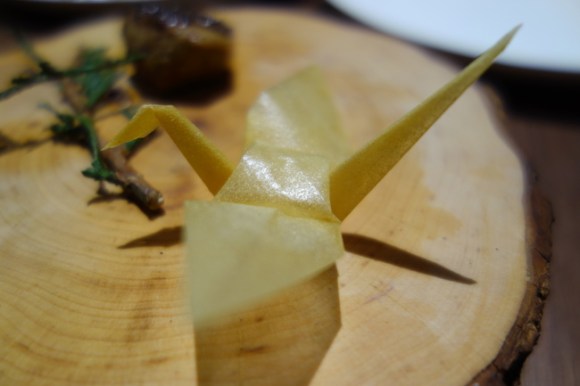
Molecular gastronomy, the science-based art of cooking, has brought us some mind-blowing edible concoctions over recent years. Rose water balloons, vinegar gels and fruit caviar are some of the dishes pioneered by leaders of the movement, including Ferran Adrià, chef of the famed El Bulli Restaurant, and René Redzepi from Noma, whose restaurants have been named best in the world.
Koichi Hashimoto has worked with both these chefs and is now bringing what he’s learnt from the greats to a 16-seater dining room near Yoyogi Park in Tokyo. His nine-course dinner menu, priced at 6,800 yen, is an absolute bargain in the molecular meal world, and reflects his aim to bring creative gastronomy to casual dining. Come with us as we take you through the menu at Celaravird, with all the delicious photos from our recent visit.
Here we have the 2015 winter menu. The chef uses seasonal produce, which means we’ll have various menus to look forward to throughout the year.
Our appetizers for this evening consist of shaved pieces of cured ham and spheres of olive oil. Showing his ties to Adrià, his former Spanish mentor, chef Hashimoto sources both these ingredients from Spain.
▼ You know the restaurant’s just opened when their leg of cured ham is still this meaty
Spherification is one of the many cooking techniques used in molecular gastronomy. Once olive oil is enriched with alginate and dropped into a bath of calcium, a natural gelling result occurs, coating the drop of olive oil in a thick, jelly-like shell.
The result is a shiny, transparent sphere of olive oil which bursts in your mouth, coating your tongue. Ferran Adrià pioneered these, only they were part of a much more expensive meal at his restaurant.
Accompanying the first course we have the chef’s homemade bread, served up in the cast iron pot it’s baked in. Alongside we have more Spanish olive oil and a drop of balsamic vinegar.
Next up we have a crystal potato chip served with poppy seeds and a konbu (kelp) and kaiso (seaweed) foam.
The potato chip has a paper-thin texture to it, delivering a great crackling crunch with each bite. Remarkably, the salty, oily potato flavour is all there, despite its non-traditional form.
Nothing says molecular like a good foam, especially when it’s green! This tastes lovely and fresh, almost like a good spirulina, and offsets the oil from the potato chip nicely. The tip is to get to it quick as the bubbles in that foam won’t stay around for long!
Plating of each dish is done with delicate precision. This is our next course – a potato of a different sort, the Japanese kiku-imo (“chrysanthemum potato”) which is actually Jerusalem artichoke.
While the outside is not meant to be eaten, it’s delightfully black and crunchy, with a charcoal-like consistency. The inside is starchy and delicious.
The sprig of thyme and the muted flavours of the vegetable jus serve to lighten the flavour of the dish.
And now to one of the most beautiful-looking dishes we’ve ever seen – foie gras with delicate origami cranes.
The wood plate and pine needle garnish suggest there’ll be some earthy tones to this course. It’s like a deconstructed Japanese forest!
The crane is perched on a dollop of thick yuzu sauce. Yuzu, an East Asian citrus fruit, is widely used in Japan, making this a distinctly Japanese dish. The sweetly tart flavour of the citrus compliments the plain taste of the origami, which is actually constructed from an edible paper-like sheet made from celeriac.
A look at the underside of the crane shows the delicate folds used in its construction.
While the fois gras melts in your mouth, the folds of the origami provide varying degrees of texture to the dish, thanks to its thin, light wings and thicker, crunchy body.
Next, we move deeper into the forest with a beautiful course served in a thick glass bowl that picks up the interior light, making it sparkle. Foraging dishes are all the rage in high-class restaurants, and this one is particularly stunning, with a variety of vegetables appearing to push themselves out of an edible soil.
A fern, carrot, and even a baby radish are lightly fried in a tempura batter, giving them an almost frosty appearance, perfect for a winter menu. The vegetables seem even more fresh and crunchy once you’ve plucked them straight out of soil with your chopsticks!
Now we head to the sea, with an inventive dish featuring a blue-tailed prawn that’s both cooked and raw at the same time.
While the body remains raw, giving you the delightful flavour of prawn sashimi, the head has been lightly fried in tempura batter. To eat this dish, you’ll need to hold the tail in your hand and dip it into your mouth, head-first. The textures and flavours are absolutely delicious, making this one of the highlights of the evening.
Continuing with the luxurious ingredients, we move on to a foam that’s as white as the bowl it’s served in.
Sitting on top of the creamy foam are generous slices of French truffles, served with lily bulbs and truffle oil.
Lily bulbs, known as yurine in Japanese, are an elegant winter ingredient in Japan. They provide the crunch to this otherwise creamy dish, and their mild, sweet flavour really lets the truffle stand out as the star.
This course is all about showcasing the high-quality truffle. Remarkably, this was the one dish that quieted conversations in the dining room, as diners savoured the wonderful textures and flavours. A true highlight of the evening.
And now we prepare for a theatrical smoke display.
Ingredients are placed carefully in each jar, piece by piece, before the lids are popped back on.
And out comes the smoker. It takes three people to smoke each jar, with one lighting the wood chips, one inserting the smoke and the other ensuring it’s all tightly sealed with a lid.
As they complete their work, the whole dining room fills with the homely winter aroma of a wood fire.
Served on a wooden board with a kumquat on the side, there’s a minimalism here that fits right in with the Japanese concept of wabi sabi, which emphasizes the beauty of empty space.
Upon opening the lid, a small tuft of smoke rolls away.
The smoky flavour penetrates the turnip and the flesh of the flounder inside. The aroma is heavenly.
Rounding off our savoury courses for the evening is a parsnip and guinea fowl dish. The meat is succulent and flavoursome.
Our first dessert course is called Fuyu no Komen, or Surface of a Winter Lake.
The surface of our lake looks remarkably like the real thing; though we’re pretty sure there won’t be any tiny fish swimming underneath.
After cracking through the sweet surface, we see there are indeed no fish. Instead we have some delicate raspberries inside, giving everything a sweet tartness.
Finally, we have a tray of sweet delights. From left to right, we have a Kyoto carrot macaron, Fiji chocolate, a raspberry soda disc and an olive oil gummy.
The orange-coloured macaron had the perfect texture, the Fiji chocolate sparkled on our tongue like a spoonful of pop rocks, and the raspberry disc tasted like a concentrated hit of berry. The one that had everyone talking, though, was the olive oil gummy, which had a slight wobble to it and tasted just as you would expect sugar-coated olive oil to taste-absolutely delicious!
If you’ve always wanted to try the wonders of molecular gastronomy but haven’t been in a position to fork out tens of thousands of yen for the experience, Celaravird is definitely the place to go. Enjoying this quality of food in a casual, relaxed environment makes for a wonderful evening. But with only 16 seats available for dinner, you’d better get in quick before the place is booked solid!
Restaurant information
Celaravird
Address: 2-8-10 Uehara, Shibuya-ku, Tokyo
Phone: 03-3465-8471
Hours: Lunch 12:00-2:00pm; Dinner 6:00-11:00pm; reservations necessary. Closed 6 days a month, usually on Mondays
Photos/video: © RocketNews24

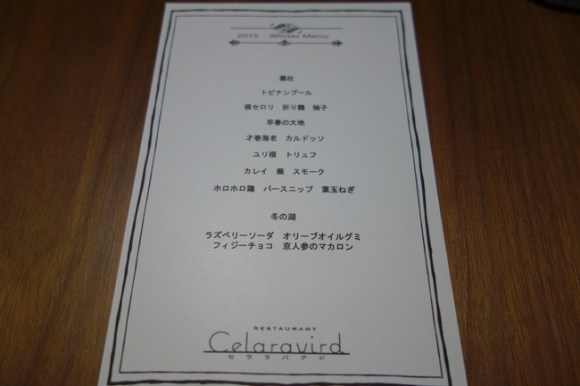
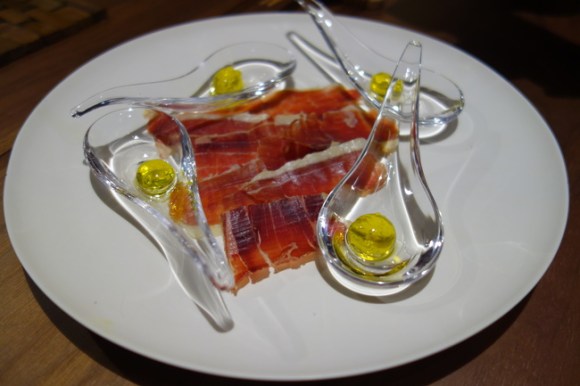
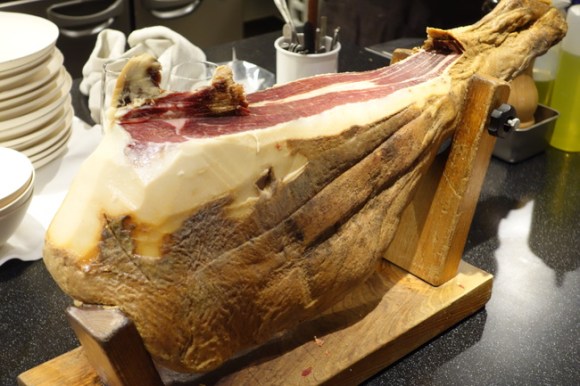
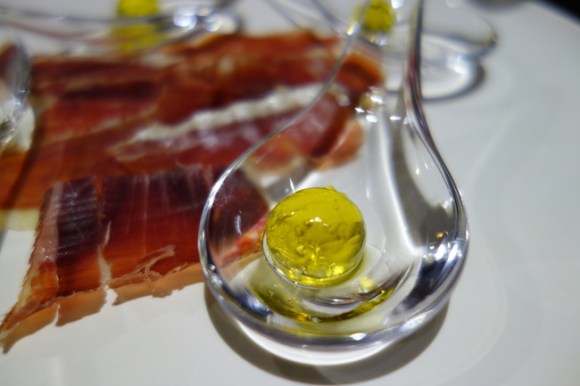
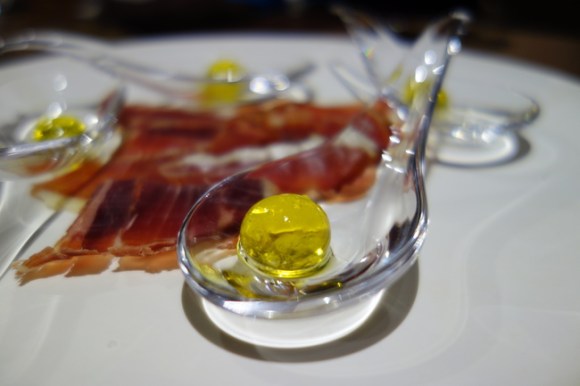
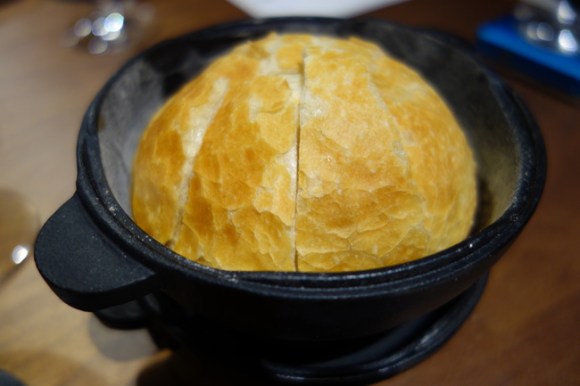
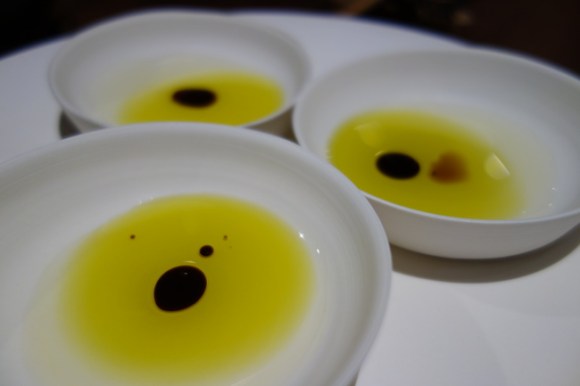
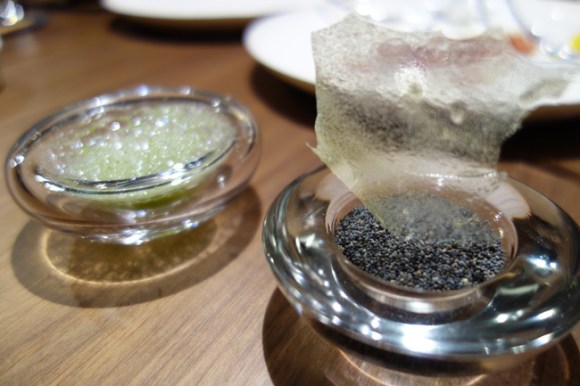
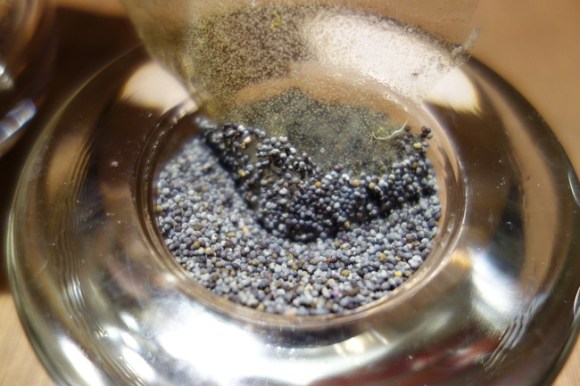
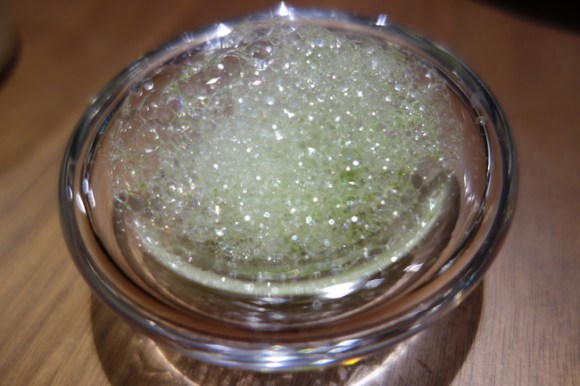
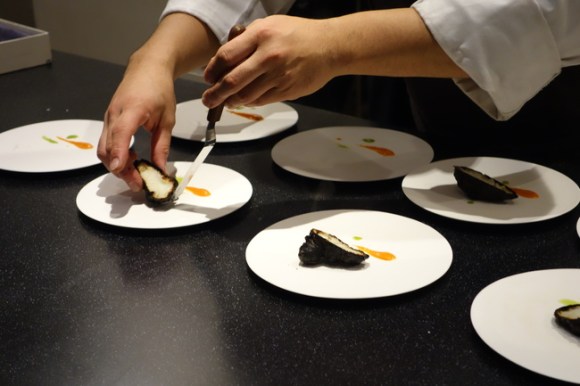
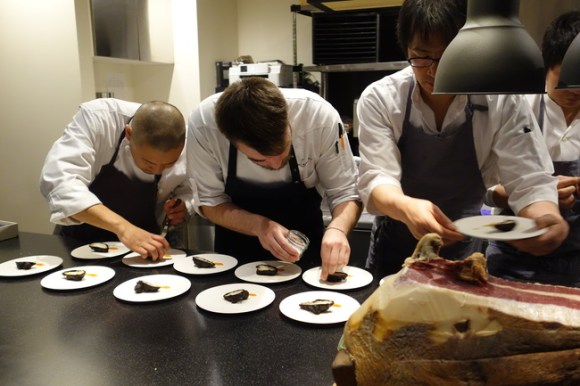
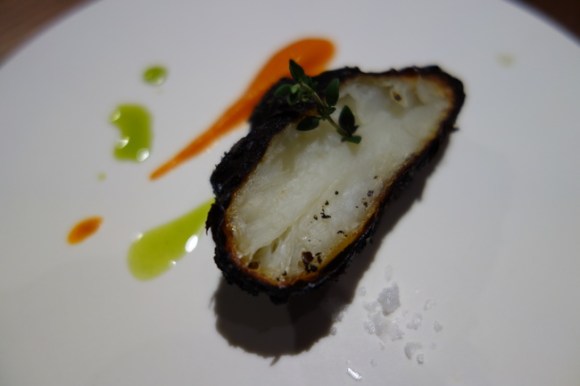
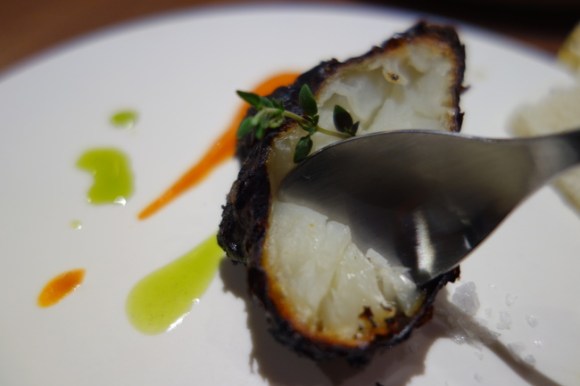
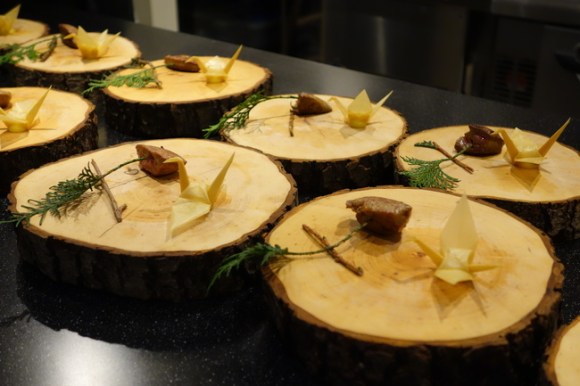
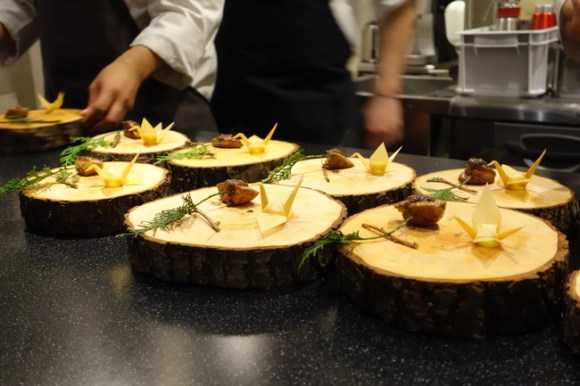
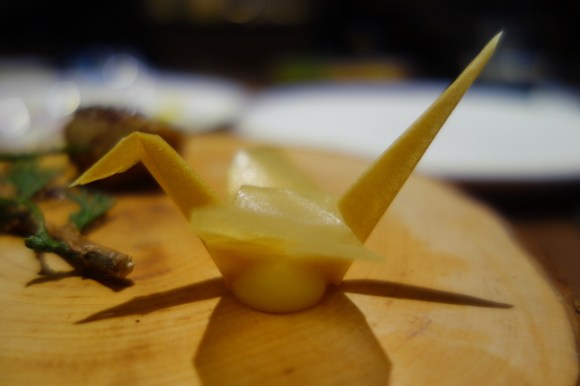
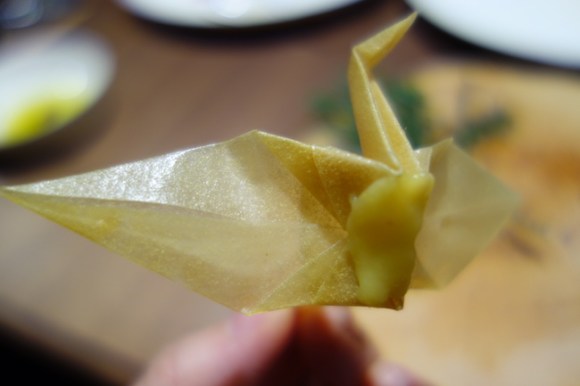
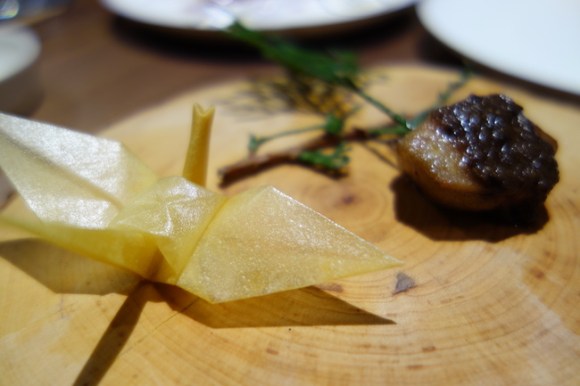
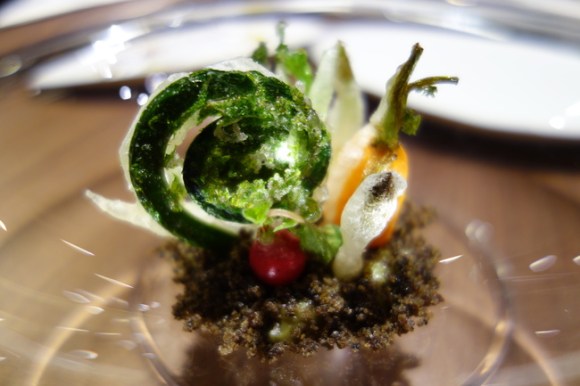
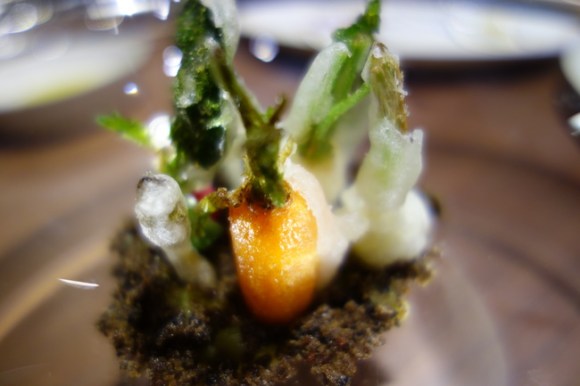
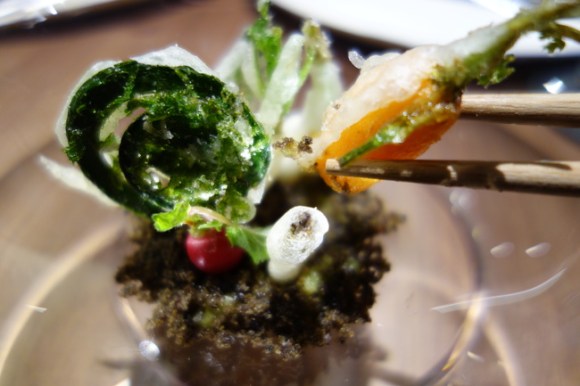
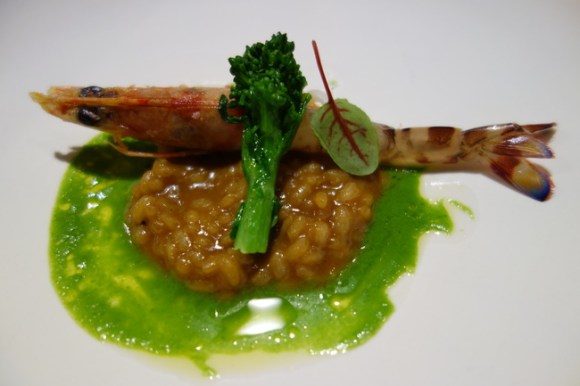
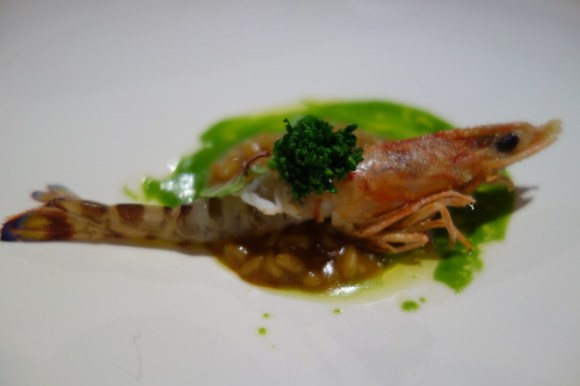
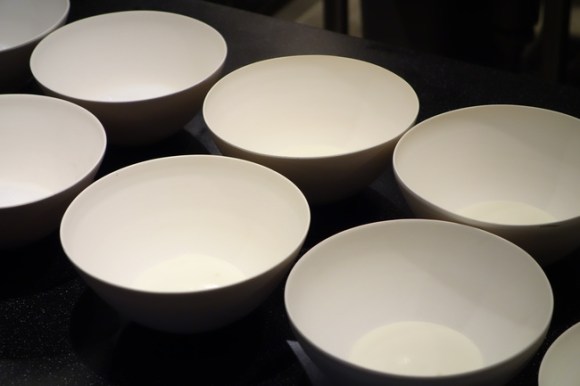
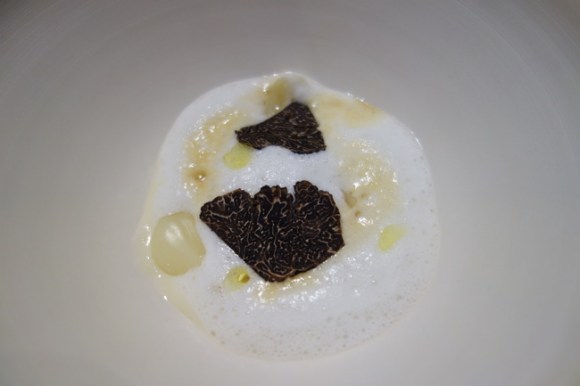
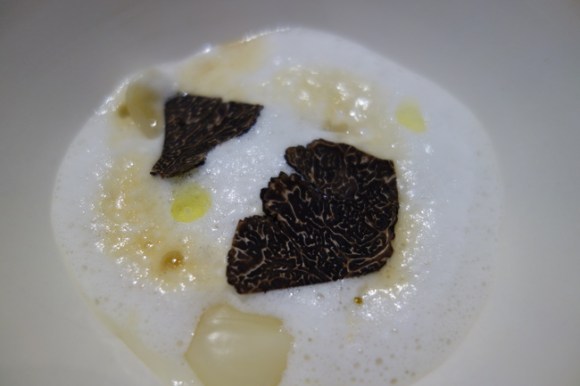
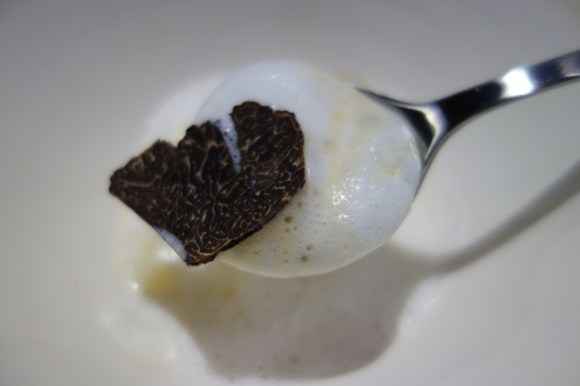
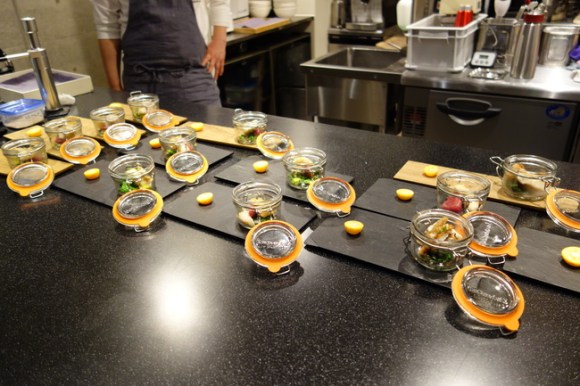
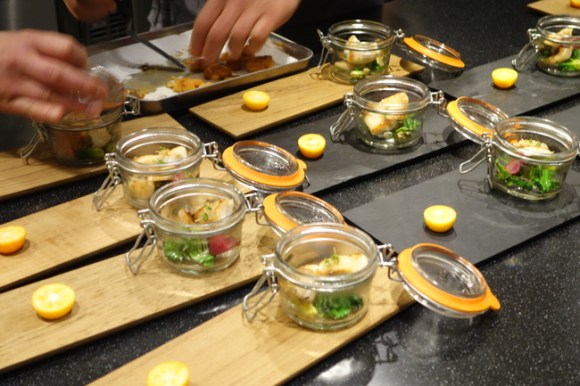
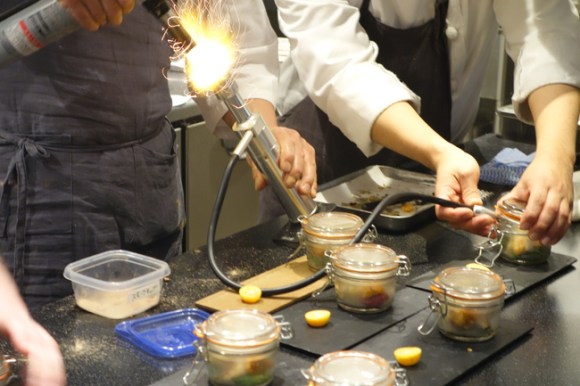
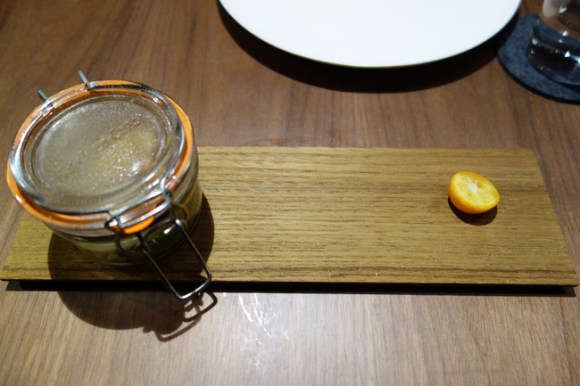
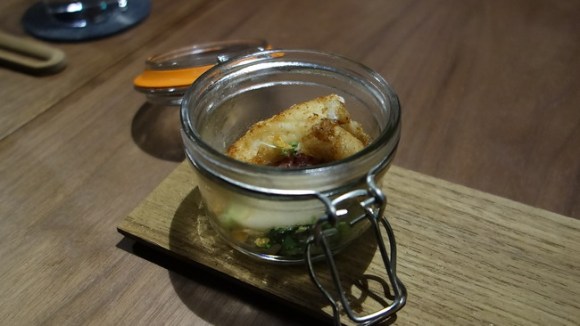
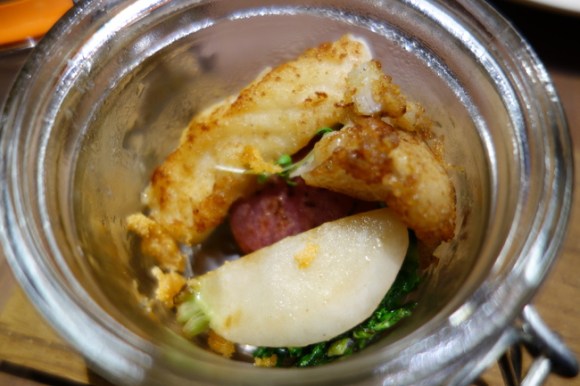
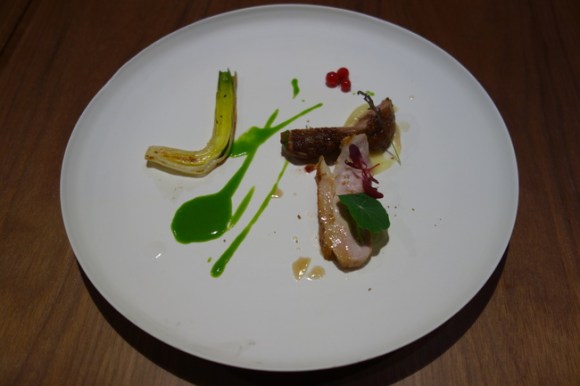
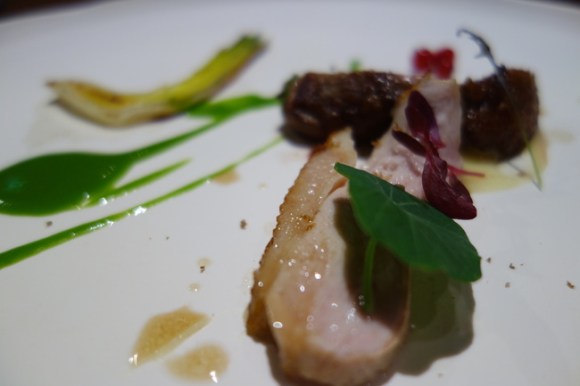
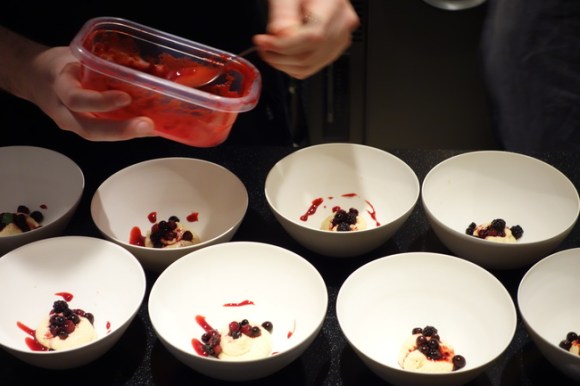
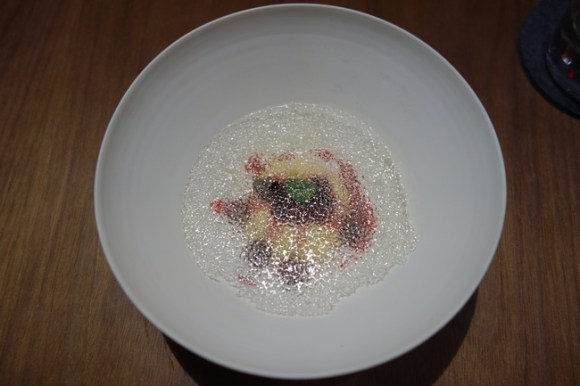
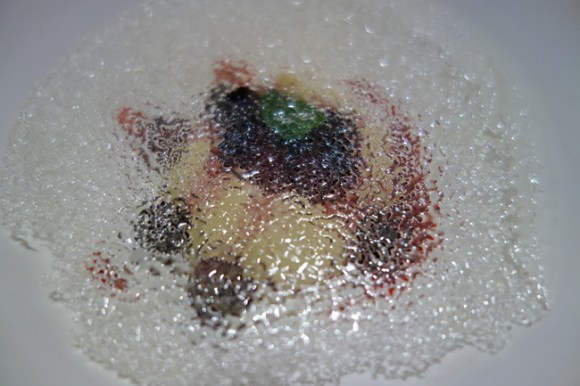
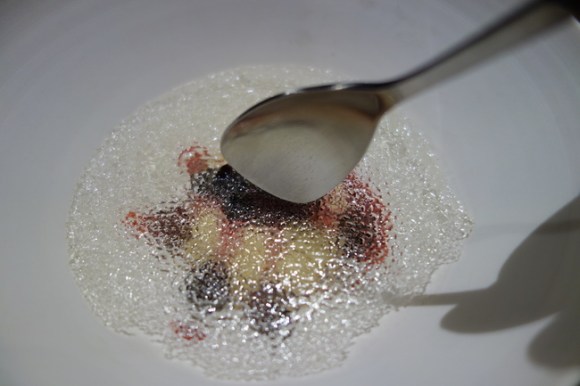
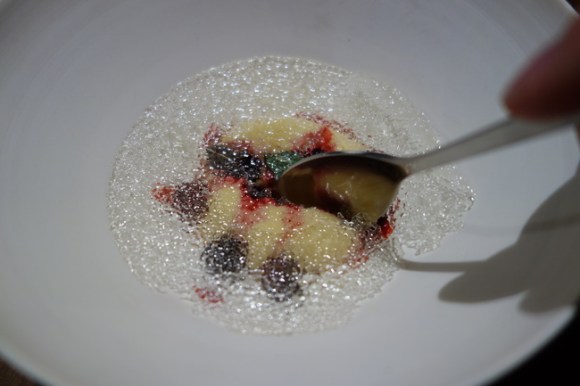
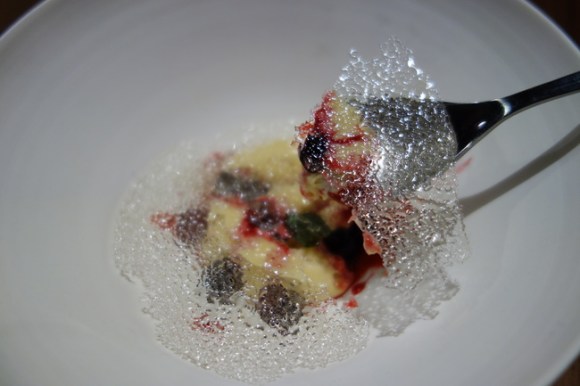
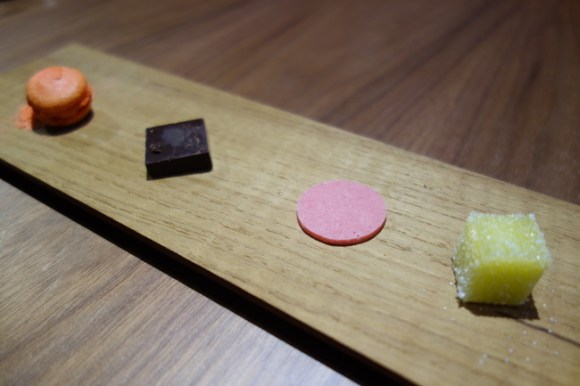
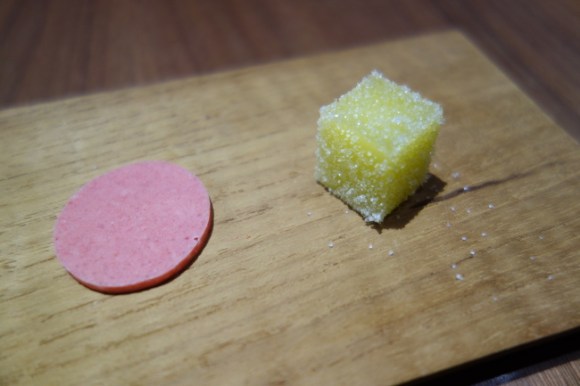
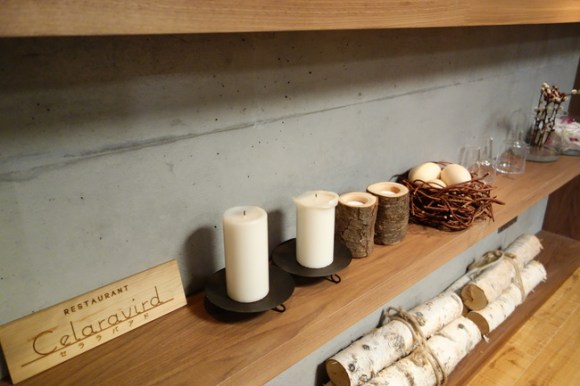
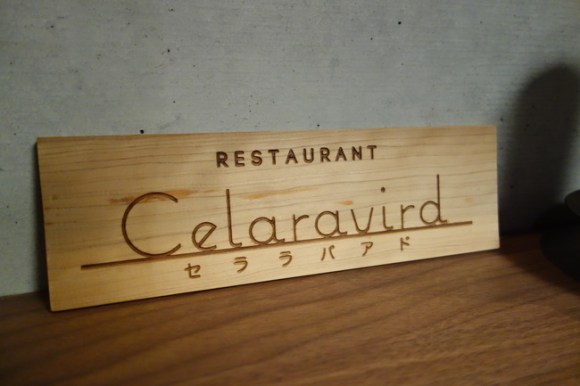
 This delicious naan-focaccia combination is the one thing we want for dessert right now【SoraKitchen】
This delicious naan-focaccia combination is the one thing we want for dessert right now【SoraKitchen】 How to make cheese with just three ingredients【SoraKitchen】
How to make cheese with just three ingredients【SoraKitchen】 BonAppetour startup lets you cook and dine with Tokyo locals in their homes
BonAppetour startup lets you cook and dine with Tokyo locals in their homes How to make yoghurt ramen with instant noodles
How to make yoghurt ramen with instant noodles Kakiage towers and Italian soba? We try out a unique soba restaurant in Tokyo
Kakiage towers and Italian soba? We try out a unique soba restaurant in Tokyo All-you-can-drink Starbucks and amazing views part of Tokyo’s new 170 meter-high sky lounge
All-you-can-drink Starbucks and amazing views part of Tokyo’s new 170 meter-high sky lounge McDonald’s new Happy Meals offer up cute and practical Sanrio lifestyle goods
McDonald’s new Happy Meals offer up cute and practical Sanrio lifestyle goods Studio Ghibli releases new action figures featuring Nausicaä of the Valley of the Wind characters
Studio Ghibli releases new action figures featuring Nausicaä of the Valley of the Wind characters More foreign tourists than ever before in history visited Japan last month
More foreign tourists than ever before in history visited Japan last month McDonald’s Japan releases a pancake pie for new retro kissaten coffeeshop series
McDonald’s Japan releases a pancake pie for new retro kissaten coffeeshop series Starbucks reopens at Shibuya Scramble Crossing with new look and design concept
Starbucks reopens at Shibuya Scramble Crossing with new look and design concept The 10 best Japanese hot spring resorts locals want to go back to again and again
The 10 best Japanese hot spring resorts locals want to go back to again and again Amazing time-lapse video from China shows 1,300-tonne bridge built in less than 43 hours【Video】
Amazing time-lapse video from China shows 1,300-tonne bridge built in less than 43 hours【Video】 Osaka’s creepy cute mascot speaks for first time, adds more fuel the creepy OR cute debate【Video】
Osaka’s creepy cute mascot speaks for first time, adds more fuel the creepy OR cute debate【Video】 Our reporter takes her 71-year-old mother to a visual kei concert for the first time
Our reporter takes her 71-year-old mother to a visual kei concert for the first time Disney princesses get official manga makeovers for Manga Princess Cafe opening in Tokyo
Disney princesses get official manga makeovers for Manga Princess Cafe opening in Tokyo Beautiful new Final Fantasy T-shirt collection on the way from Uniqlo【Photos】
Beautiful new Final Fantasy T-shirt collection on the way from Uniqlo【Photos】 Is the new Shinkansen Train Desk ticket worth it?
Is the new Shinkansen Train Desk ticket worth it? Foreign English teachers in Japan pick their favorite Japanese-language phrases【Survey】
Foreign English teachers in Japan pick their favorite Japanese-language phrases【Survey】 Studio Ghibli glasses cases let anime characters keep an eye on your spectacles
Studio Ghibli glasses cases let anime characters keep an eye on your spectacles Beautiful Sailor Moon manhole cover coasters being given out for free by Tokyo tourist center
Beautiful Sailor Moon manhole cover coasters being given out for free by Tokyo tourist center Studio Ghibli releases Kiki’s Delivery Service chocolate cake pouches in Japan
Studio Ghibli releases Kiki’s Delivery Service chocolate cake pouches in Japan Japan’s bone-breaking and record-breaking roller coaster is permanently shutting down
Japan’s bone-breaking and record-breaking roller coaster is permanently shutting down New definition of “Japanese whiskey” goes into effect to prevent fakes from fooling overseas buyers
New definition of “Japanese whiskey” goes into effect to prevent fakes from fooling overseas buyers Our Japanese reporter visits Costco in the U.S., finds super American and very Japanese things
Our Japanese reporter visits Costco in the U.S., finds super American and very Japanese things Studio Ghibli unveils Mother’s Day gift set that captures the love in My Neighbour Totoro
Studio Ghibli unveils Mother’s Day gift set that captures the love in My Neighbour Totoro Domino’s Japan now sells…pizza ears?
Domino’s Japan now sells…pizza ears? New Japanese KitKat flavour stars Sanrio characters, including Hello Kitty
New Japanese KitKat flavour stars Sanrio characters, including Hello Kitty One of Tokyo’s most famous meeting-spot landmarks is closing for good
One of Tokyo’s most famous meeting-spot landmarks is closing for good Kyoto creates new for-tourist buses to address overtourism with higher prices, faster rides
Kyoto creates new for-tourist buses to address overtourism with higher prices, faster rides Sales of Japan’s most convenient train ticket/shopping payment cards suspended indefinitely
Sales of Japan’s most convenient train ticket/shopping payment cards suspended indefinitely Sold-out Studio Ghibli desktop humidifiers are back so Totoro can help you through the dry season
Sold-out Studio Ghibli desktop humidifiers are back so Totoro can help you through the dry season Japanese government to make first change to romanization spelling rules since the 1950s
Japanese government to make first change to romanization spelling rules since the 1950s Ghibli founders Toshio Suzuki and Hayao Miyazaki contribute to Japanese whisky Totoro label design
Ghibli founders Toshio Suzuki and Hayao Miyazaki contribute to Japanese whisky Totoro label design Doraemon found buried at sea as scene from 1993 anime becomes real life【Photos】
Doraemon found buried at sea as scene from 1993 anime becomes real life【Photos】 Tokyo’s most famous Starbucks is closed
Tokyo’s most famous Starbucks is closed One Piece characters’ nationalities revealed, but fans have mixed opinions
One Piece characters’ nationalities revealed, but fans have mixed opinions We asked a Uniqlo employee what four things we should buy and their suggestions didn’t disappoint
We asked a Uniqlo employee what four things we should buy and their suggestions didn’t disappoint Princesses, fruits, and blacksmiths: Study reveals the 30 most unusual family names in Japan
Princesses, fruits, and blacksmiths: Study reveals the 30 most unusual family names in Japan Craving cheese but on a diet? Try our “advanced tofu pickles!” 【Recipe】
Craving cheese but on a diet? Try our “advanced tofu pickles!” 【Recipe】 Do Ippudo’s new tonkotsu ramen potato chips taste as good as their noodles?
Do Ippudo’s new tonkotsu ramen potato chips taste as good as their noodles? Starbucks Oleato in Japan: Staff note reveals the best thing to drink it with
Starbucks Oleato in Japan: Staff note reveals the best thing to drink it with Anime pancakes from Poupelle of Chimney Town require magic before eating
Anime pancakes from Poupelle of Chimney Town require magic before eating Nissin Cup Noodle flavours become Umaibo snacks, and we try every one of them
Nissin Cup Noodle flavours become Umaibo snacks, and we try every one of them Agedashi…doughnuts? Traditional Japanese tofu dish gets a sweet twist from Mister Donut
Agedashi…doughnuts? Traditional Japanese tofu dish gets a sweet twist from Mister Donut Onikun: Epic onigiri so big they’re half demon, half rice ball
Onikun: Epic onigiri so big they’re half demon, half rice ball We make chocolate-covered potato chips
We make chocolate-covered potato chips Snack company Calbee recalls 140,000 tubs of Jagarico potato snacks for the weirdest of reasons
Snack company Calbee recalls 140,000 tubs of Jagarico potato snacks for the weirdest of reasons How-to: Easy-to-make Capriccio rolls look like roses, make you look like a master chef
How-to: Easy-to-make Capriccio rolls look like roses, make you look like a master chef A call to arms: 5 Japanese potato chip flavours the west badly needs
A call to arms: 5 Japanese potato chip flavours the west badly needs We try the new Pringles instant cup ramen and yakisoba fried noodles from Japan
We try the new Pringles instant cup ramen and yakisoba fried noodles from Japan Potato chips for sake? 176-year-old brewer and gourmet chip maker produce a snack like no other
Potato chips for sake? 176-year-old brewer and gourmet chip maker produce a snack like no other We try a dish from Japan’s Michelin-starred ramen restaurant…at the convenience store!
We try a dish from Japan’s Michelin-starred ramen restaurant…at the convenience store! Which Japanese conveyor belt sushi chain has the best Prawn Tempura Sushi?【Taste test】
Which Japanese conveyor belt sushi chain has the best Prawn Tempura Sushi?【Taste test】
Leave a Reply